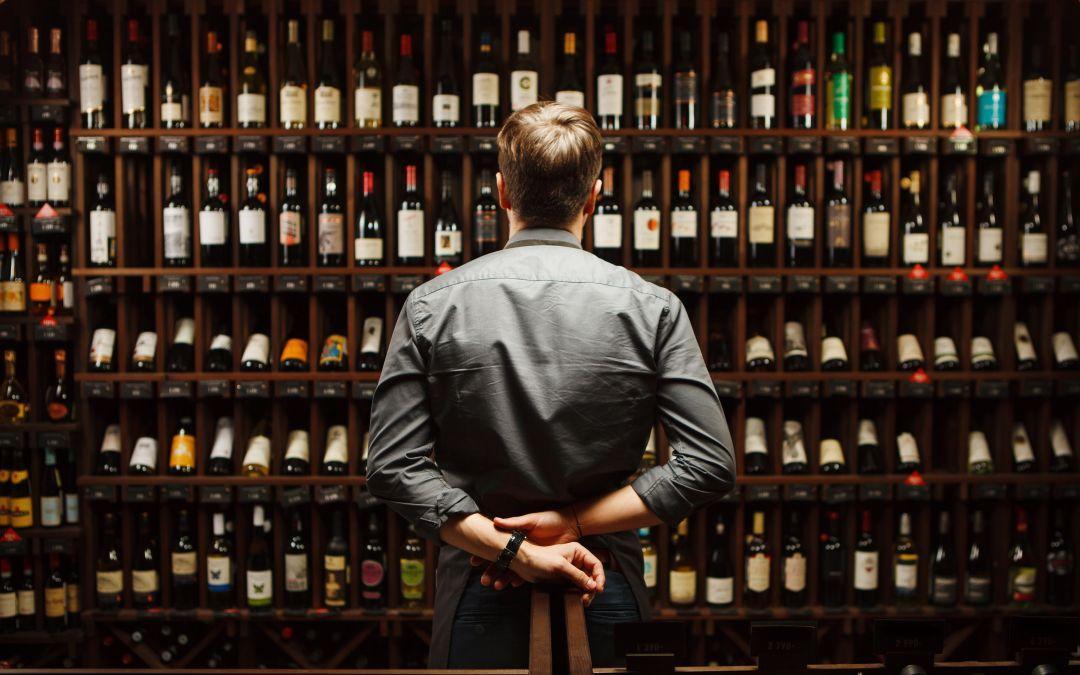Winemaking Techniques
Italy vs. The World
Winemaking is both an art and a science. Every wine-producing region has its specific techniques and traditions that make every glass of wine unique. In this article, we will explore the various winemaking techniques used in Italy compared to those from other parts of the world, considering the influences of terroir, grape varieties, and the evolution of methodologies over time.

